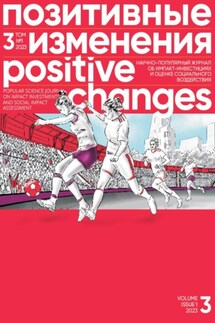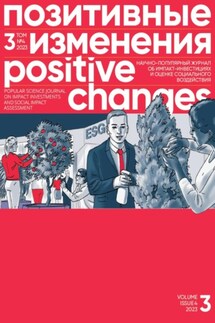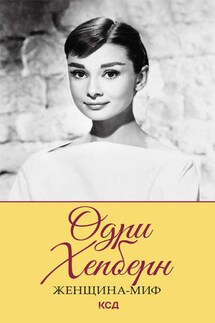Позитивные изменения. Том 3, № 2 (2023). Positive changes. Volume 3, Issue 2 (2023) - страница 7
26. Теплова, Е. Г., Литягина, Е. В. & Серебрякова, М. Е. (2016). Психосемантика восприятия визуальных образов в рекламе. Психология»/Е. Г. Теплова.
27. Чебакова, Ю. В. (2010). Психосемантический анализ гендерной идентичности. Экспериментальная психология в России: традиции и перспективы.
28. Яновский, М. И. (2010). Проблема изучения кинематографа в психологии. Психологический журнал, 31(5), 79–88.
29. Яньшин, П. В. (2006). Психосемантика цвета.
Decoding Harmony Through Algebra. Viktor Petrenko and Psychosemantics in Cinematography
Natalia Gladkikh, Anna Movchan
DOI 10.55140/2782–5817–2023–3–2–4–15
In March 2023, Viktor Fedorovich Petrenko, a renowned Russian psychologist, celebrated his 75th birthday. Holding a doctoral degree in Psychological Sciences and being a Corresponding Member of the Russian Academy of Sciences, Petrenko’s name may not be familiar to everyone, particularly those outside the realm of psychology. Nevertheless, it is highly probable that his groundbreaking methods, which he spent over five decades of his life creating, researching, and applying, have influenced your scientific or practical endeavors. The sheer indispensability of psychosemantics, a field at the core of Professor Petrenko’s work, cannot be overstated when contemplating the landscape of modern science and research practices. Regarded as a trailblazer in this field, he was among the first in the country to apply factor analysis techniques to processing psychological data, paving the way for the evolution of this discipline.
Natalia Gladkikh
Leading Expert, Institute of Socio-Economic Design, National Research University Higher School of Economics
Anna Movchan
Junior Researcher, Federal Resource Center, Moscow State University of Psychology and Education
Drawing attention to his impact, it is worth noting that Viktor Petrenko’s works have garnered over 12,000 citations, according to eLIBRARY.RU statistics. The magnitude of his influence becomes apparent when considering that a Hirsch index surpassing 30 is typically associated with Nobel laureates; however, Professor Petrenko’s index stands at an impressive 37. Yet, beyond these numerical achievements lies a vibrant tapestry of intellectual contributions, far from a mere collection of dry academic texts. Instead, it encompasses a living, breathing “algebra” – the psychosemantic methodologies that meticulously unravel intricate systems of individual meanings, illuminate the factors driving effectiveness, unravel the roots of loyalty, and decode the complex interplay of images and their associated connotations. Grounded in the principles of multivariate statistics, psychosemantics empowers us to delve into the true perceptions and emotions of individuals. From examining responses to artistic works and political figures to dissecting the impact of cultural differences, gender stereotypes, and even the subtleties of advertising campaigns, psychosemantics offers answers to seemingly unanswerable questions with remarkable precision.
In this article, our aim is to provide a general overview of psychosemantics, shedding light on its origins, the circumstances that led to its creation, its diverse applications, and the vast realm of possibilities it unlocks, particularly in the domain of art and cinema. In addition to scrutinizing various publications, we have incorporated insights from a recent interview with Viktor Fedorovich Petrenko, conducted this May.









